Corporate Innovation FAQ
Bruno Pešec answers your most frequently asked questions about innovation.

Table of Contents
Over the years I've been asked many, many questions related to corporate innovation. In fact, many of my blog posts are based on practical questions I've encountered in my work.
For your convenience I've collated the most common questions, as well as their answers, below. They are not sorted in any specific order.
Send it to bruno@pesec.no and I'll answer within seven days.
What is innovation and from where does it arise?
There are many good definitions of innovation. My preferred one is: "innovation is creating something new that creates value." "Something new" refers to it being new to the innovator and recipient, and "value" must be bi-directional, i.e. both the innovator and recipient have to benefit somehow. If it's new but has no value (at the moment), then it is an invention. If it's not new but is valuable, then it's probably some sort of improvement.
In my experience, having alignment on shared definition in your organisation is MORE important than having the "best" definition. Your R&D, sales, marketing, and other functions, will inevitably clash if they all have different views on what innovation is.
If we take a processual view of innovation, then we might say it's about transforming ideas into positive outcomes. Ideas don't materialise out of thin air. In fact, some of the best ideas appear at the intersection of personal experience and noticing something few others have. In other words, innovation arises in your context; organisation; the world you are in. It doesn't exist in a vacuum. It requires personal experience and a little bit of insight.
How can you make innovation easier?
By removing what makes it difficult.
Cheekiness aside, innovation will always be uncertain (otherwise it wouldn't be innovative, right?), but there are some things you can do to make it a bit easier:
- Remember that your idea is business and vice-versa.
- Innovators innovate, customers validate.
- Understand your own product life-cycle so you can assess the maturity of your own idea. Match the work to the maturity.
- Always tackle the biggest risk first.
- First-hand data reigns supreme.
How do you respond to challenges brought by top managers who dismiss innovation and attack it incessantly but without valid arguments?
- Perhaps their arguments are valid. Innovation success rates are just horrible, and perhaps there is a history of great failures in the organisation.
- Recognise that top managers have much to lose by supporting the "wrong" project.
- Argue for the big picture, ask for funding for the smallest possible next step.
- Argue for first hand-data.
- If innovation is something you thirst for, and you did everything you could to get off multiple innovation projects of the ground, then consider leaving the organisation. Life is too short to waste it on arguing with others.
How to increase buy-in from leadership along the journey?
Innovation is uncertain, therefore make sure to extract value out of everything you do.
For example, document experiment learnings well, and actively disseminate them in your organisation. Perhaps someone from another department might find them valuable.
Communicate progress regularly. Be honest. Give leadership a "real time view" of the ongoing process. Explain your decisions and what are they based on. Always be clear about the next step. Give them options to decide on. Promise them that you'll immediately inform them when the project should be stopped.
How I can learn to sell innovation at the company?
In order to get attention, you will have to build trust, explain urgency, and communicate value:
- Trust. Who are you and why should they trust you? Where is your idea coming from?
- Urgency. Why this idea, now? What might happen if we don't act on it immediately? What might happen if the idea is ignored?
- Benefit. What would this idea mean to our business? Our customers? Our ecosystem?
You might find following two articles useful as well:
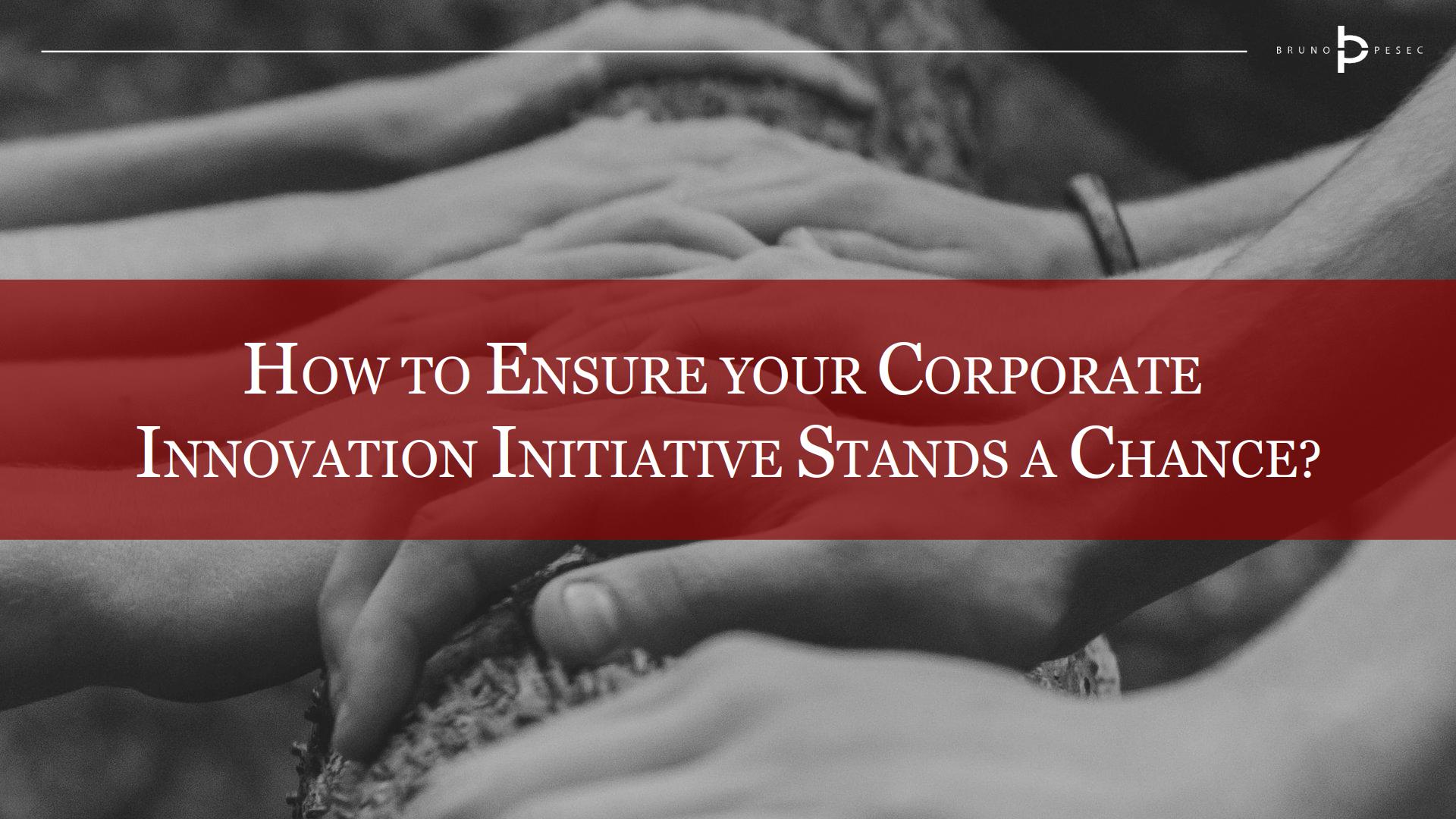

How to educate leadership on what is really innovation (vs R&D, vs a buzzword, vs the thing to get rid of as soon as we need to cut the budget)?
Keep repeating what innovation is and what isn't. Don't be condescending. They are most likely to positively react to an outside executive telling them the exact same thing as you did.
Innovation takes time; how to make deciders understand that innovation is not a cost center with no outputs?
Create tangible outputs.
How to define innovation strategy in line with strategic questions/challenges?
By answering "How will innovation contribute to this specific strategic question/objective/challenge?"
How can we improve collaboration in R&D and innovation across organizational boundaries?
Few actions to try out:
- Align on shared understanding of what are R&D and innovation (one simplistic take I like is that R&D is about turning money into ideas, while innovation is about turning ideas into money).
- Illustrate / visualise end-to-end value stream(s), position where and how R&D and innovation teams/units get involved.
- Discuss areas for collaboration.
- Discuss areas of friction.
- Be patient. Be understanding. Drink plenty of water.
How can knowledge and learnings of innovation processes be captured to improve future activities?
Experiment results should be documented and disseminated.
Here is a simple guide for capturing the learnings:

Regarding sharing, one thing that works really well are (voluntary) community events. Have teams share their key learning and insight. In essence, you want to get other people / teams pulling the insight, instead of you pushing it on others.
All innovation routes have reported mixed results for decades. Building yourself is not per se worse or better than partnering or acquiring solutions/other companies. If any road can take you there, what is the real meaning of Innovation Strategy these days?
The real meaning of any strategy is to align your organisation behind common cause, goal, objective, direction, etc. Different roads have different challenges and requirements. Nor are all roads available to all travelers.
How can we create a strategy that improves innovation outcomes in a global organization considering different markets e.g. EMEA, China, India, SEA, Americas?
- Make sure that "how" and "where" is innovation expected to contribute is clearly outlined in the corporate strategy.
- E.g. the group strategy document could have something like "We expect innovation initiatives to contribute to revenue growth, as well as identifying growth opportunities 5–7 years into the future. BUs are expected to invest at least X% of their budget in adjacent innovation. [Define it.] ..." And so on.
- Make sure that globally agreed upon positions and values are clearly communicated and understood.
- Then, and only then, figure out if you need a dedicated innovation strategy. If you do, and given how large the company in question seems, consider:
- having a part that applies group wide (key roles, governance, budgeting, top objectives, etc), and
- having sub-parts for each significant geography or value stream.
In essence, it's a balancing act between being protective steward (since innovation investment can quickly turn to waste) and being too detailed (you don't want to micromanage each BU or geography).
How can we make innovation teams more committed and accountable to process?
Match commitments and accountabilities to the idea's maturity level:

How can we balance the right level of governance to increase reliability for corporate innovation without limiting the value of the innovation output
Institute fast decision-making bodies like a venture board (not committee). Have clear innovation strategy as well as portfolio strategy so minor investment decisions can get easily approved (if at all).
How do we provide the space, tooling and methodologies [for innovation] to teams?
Figure out what they need, and then provide it. Remember: providing access to internal resources is more important than space, tooling, or methodology.
How might we demonstrate the value of innovation and ROI in the short and long term?
Investing in innovation should be worth it, as the numbers have shown. Short-term value lies in generating reusable knowledge. Revenue is the long-term value.
How do you respond to challenges brought by top managers who dismiss innovation and attack it incessantly but without valid arguments?
- Perhaps their arguments are valid. Innovation success rates are just horrible, and perhaps there is a history of great failures in the organisation.
- Recognise that top managers have much to lose by supporting the "wrong" project.
- Argue for the big picture, ask for funding for the smallest possible next step.
- Argue for first hand-data.
- If innovation is something you thirst for, and you did everything you could to get off multiple innovation projects of the ground, then consider leaving the organisation. Life is too short to waste it on arguing with others.
How can we better decouple the idea that innovation leads to new products in our organization when really it is a mindset that should shift everything we do?
Why would you want to decouple that? Innovation is about value creation; which in most organisation manifests as some sort of product.
What are the best practices in driving innovation?
Don't approach it as a big-bang type of event. Assemble your innovation vanguard—a vertical slice of organisation—and have them take the lead. Learn from them and follow. Don't create too much distance between the "innovators" and the rest of the organisation, for that won't end well. Breakthrough innovation happens more often within a culture that fosters everyday innovation.
How to better align innovation strategy to business goals?
By answering "How will innovation contribute to this specific business goal?"
Note: use "will" not "might."
Here is some material you might find useful:
- How to develop an innovation strategy
- How to introduce an innovation strategy into your company
- How to formulate a winning innovation strategy
How can we balance the right level of governance to increase reliability for corporate innovation without limiting the value of the innovation output?
Institute fast decision-making bodies like a venture board (not committee). Have clear innovation strategy as well as portfolio strategy so minor investment decisions can get easily approved (if at all).
How might we demonstrate the value of innovation and ROI in the short and long term?
Investing in innovation should be worth it, as the numbers have shown. Short-term value lies in generating reusable knowledge. Revenue is the long-term value.
How to run a successful innovation funnel?
No secret formula yet. What has shown to work well:
- Minimal set of filter-gates (not stage-gates).
- Clear innovation strategy (if it isn't aligned it shouldn't even enter the funnel).
- One budget for the whole funnel, released piece-meal to initiatives as they progress.
- Evidence-based progress and funding.
- Healthy support to the funnel: think IT, legal, procurement, and all the functions that usually take three weeks to respond.
- Measure time between the stages.
- Measure cost between the stages.
- Assemble a venture board or something similar to make regular investment decisions.
How do we best balance detailed customer research with moving quickly like a startup?
By clearly defining what is it that you need to learn in order to move forward.
How can I find the best areas to look for innovation solutions? How to narrow down the space from all the areas we could try to the areas most likely to be winning solutions?
By quantifying the most desirable customer outcomes.
How can I determine what the 3 to 5 key areas of interest are that should be the focus for breakthrough innovation program?
- I'd start by looking at the core jobs your organisation addresses.
- If that arena seems "too small" for further growth, I'd look into key supporting jobs (of those core jobs).
- I'd stay away from defining areas of interest through technology.
How to put guardrails around the corporate innovation group, so we are not trying to do everything?
By establishing a clear innovation strategy. Answering following questions might be helpful as well:
- What business objectives is innovation supposed to contribute to? How?
- What are desired outcomes and/or returns from investing in innovation?
- What arenas/fields/domains will you innovate in?
- What types of innovation will the company invest in, and whom will be responsible for each type?
- By whom and how are innovation initiatives funded?
Executive backed innovation "themes" and "challenges" make for particularly effective "guardrails."
As does a disciplined habit of saying "no."
How do I ensure the innovation function has critical mass to be sustainable?
Don't act as an overzealous police officer or The Acolyte of One True Way. Be an enabler; a conduit; make your internal customers the stars of the show. Focus on the critical few people and processes, and allow others to follow.
How can we overcome capital, capacity and culture constraints to reliably execute projects as an ambidextrous company?
Three C's you list are continuously contested territory.
First, secure an innovation budget (capital+capacity) that is a lump sum, and is not tied to a specific project. It should be for a specific portfolio instead.
Second, release parts of that budget to various innovation project, always funding the smallest next increment.
Third, focus on doing as you say. Makes it easier to change the culture.
How to make a traditional organisation realise that the world is changing fast and translate that into an appetite and urgency to undertake disruptive innovation?
As I've written before:
First, understand what are the root causes of purported "lack of appetite." Is it fear? Resignation? Contentment with current situation? Something else?
Second, remember that we are social creatures. Role model the changes you wish to see. Don't just talk! Show and reward curiosity, inquisitiveness, iterativeness, and so on.
Third, don't gatekeep innovation. Allow everybody to experience the joy that comes from creating something new and valuable.
And finally, be ready to accept that different organisations have different diets.
How can we better communicate success of innovation initiatives?
Internal community events.
Focus on sharing insight (esp. regarding customer needs), ideally in the following three categories:
- New: something we didn't know before.
- Reinforced: something we knew, that hasn't changed.
- Changed: something we knew, that has changed.
Make sure that the event is interactive, e.g. invite those present to think how could the shared insight be used in other parts of the organisation and so on.
Another venue is intranet—make short posts describing the project, key learnings and results.
Collate the same into a one to two page document and make it easily available to other employees.
Help people connect the dots.
How to foster collaboration within the company (innovation hub vs. integration in operational units)?
By focusing on shared objectives (e.g. specific customer outcomes) and by adopting a pragmatic stance ("whatever way works best").
How to lead change so people desire that change?
We are social creatures. As a bonus, we are also creatures of habit. Focus your change efforts on the early adopters; start as many (proverbial) fires as you can; amplify the experiences of the first-movers. Don't forget to pay attention to the first followers as well—they are the ones that will drive further proliferation.
Any tips on how we can accelerate our innovation process?
First define what is supposed to be the output of your innovation process. Some organisations limit it to the act of refining and testing an idea, others consider it to stop once the idea is in the market and is about to be scaled, and so on.
Once you have agreed on that you want to focus on having your innovation teams deliver something every week (or every other week, if you must). That something can be an experiment, an assumption clarification, a feature, etc (matched to the maturity of the idea itself).
Third, by instituting a venture board to whom the team presents their decision(s) on a regular cadence, the speed starts taking care of itself.
Do be aware of the following: some might feel that you are "going slower" by doing experiments and tests, and might argue to jump straight into developing and shipping. The latter approach will end up slower in the long run.
How can we establish a (well functioning!) corporate innovation lab?
Few things to consider:
- It should be tied into a very specific corporate goal with a very clear strategic theme.
- There should be a clear agenda and objective for the "lab."
- Funding and governance should be predetermined.
- What's "in" and "out" should be predetermined, as well as the mechanism for adjusting the same.
- Teams should be as small as possible.
- Teams can have a portfolio of ideas, if needed.
- Support services should be negotiated upfront (e.g. access to legal, finance, procurement, IT, etc).
- Acceptance criteria should be public / open/ well known.
How do we measure the impact of open innovation initiatives?
You might find the following post useful:
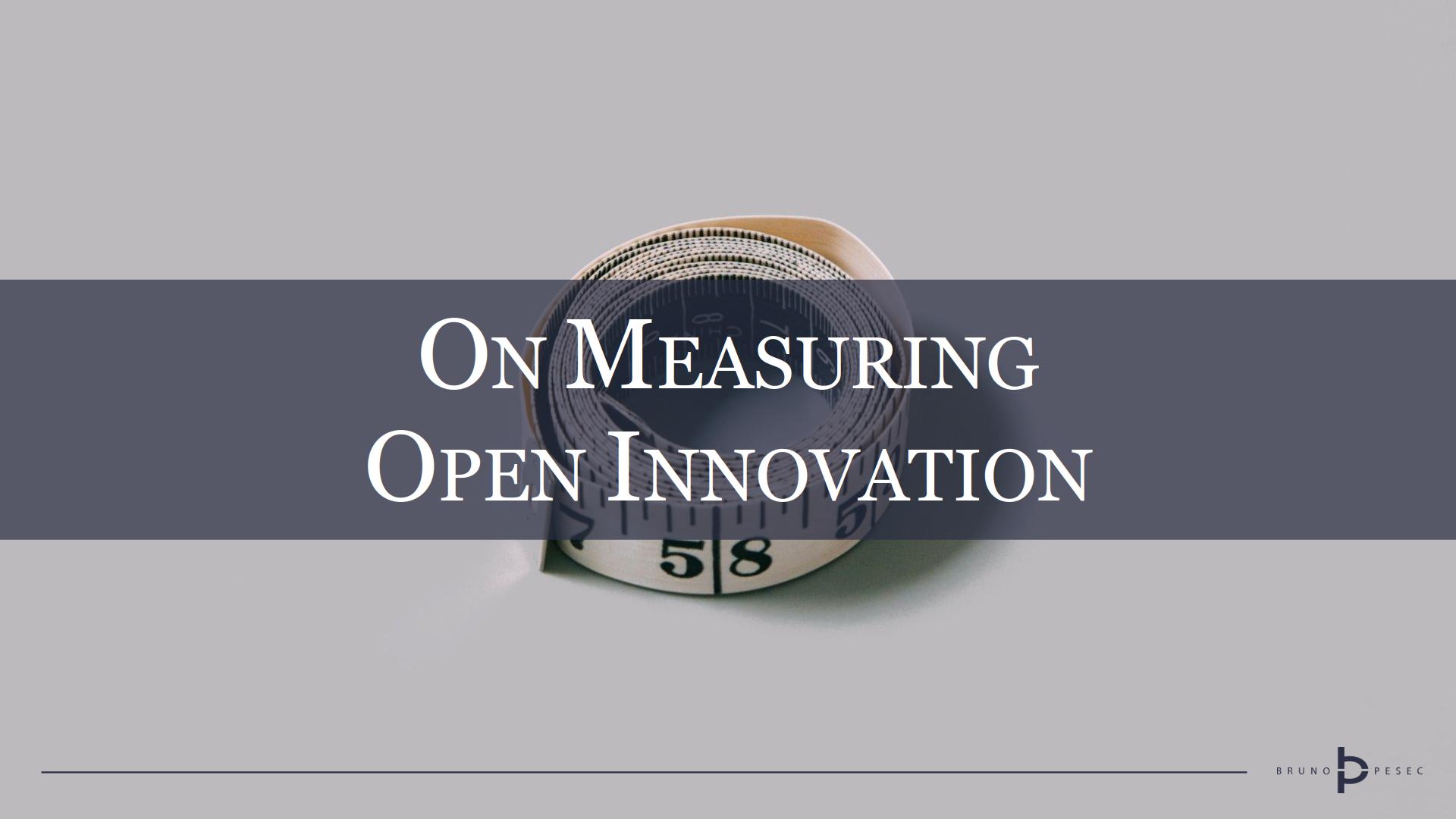
What metrics should we focus on to measure the performance and potential of our innovations at a program-level and project level?
Following post might help:
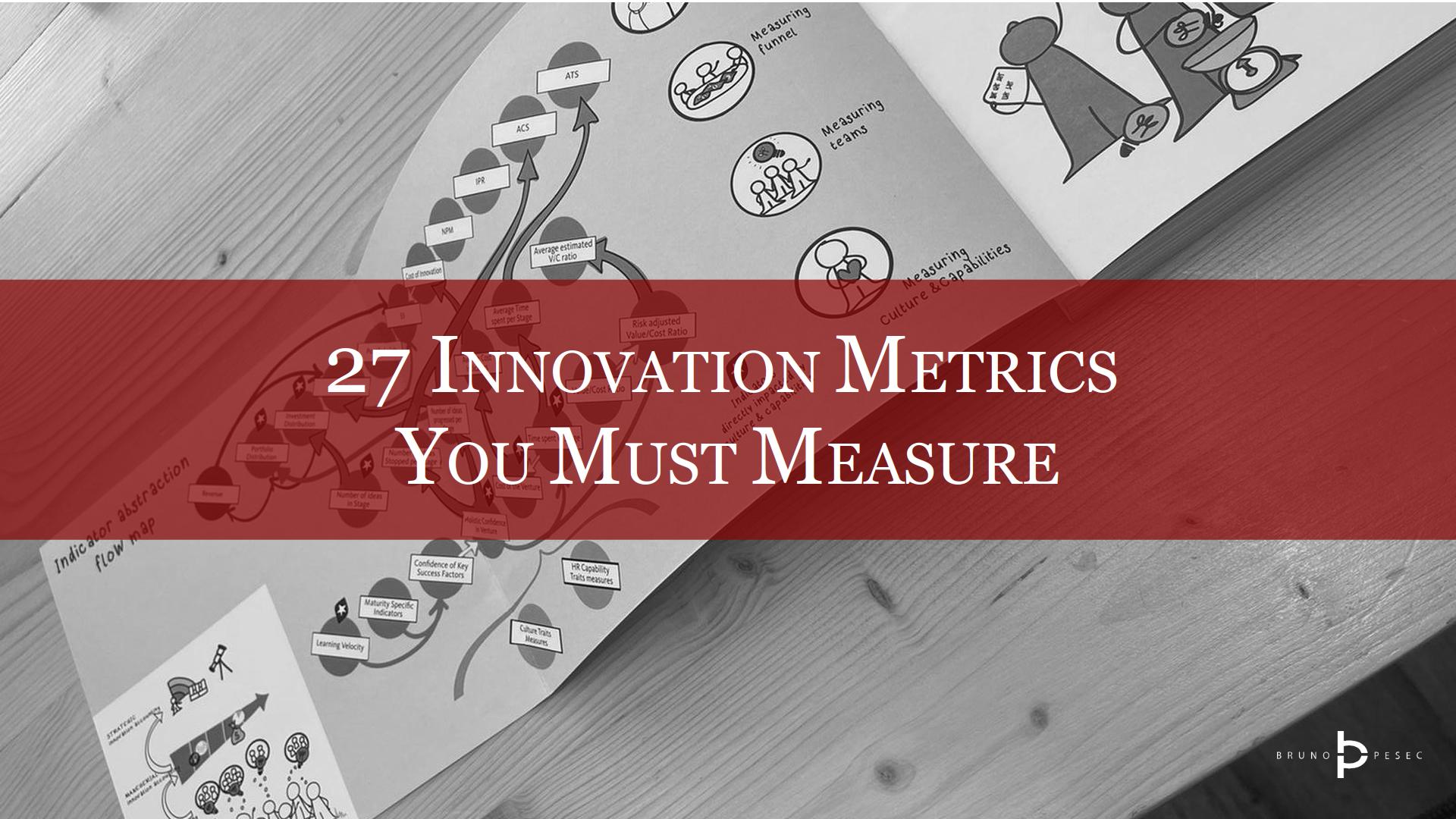
Can you share an example of Innovation Team performance dashboard with key indicators?
Following posts might help:
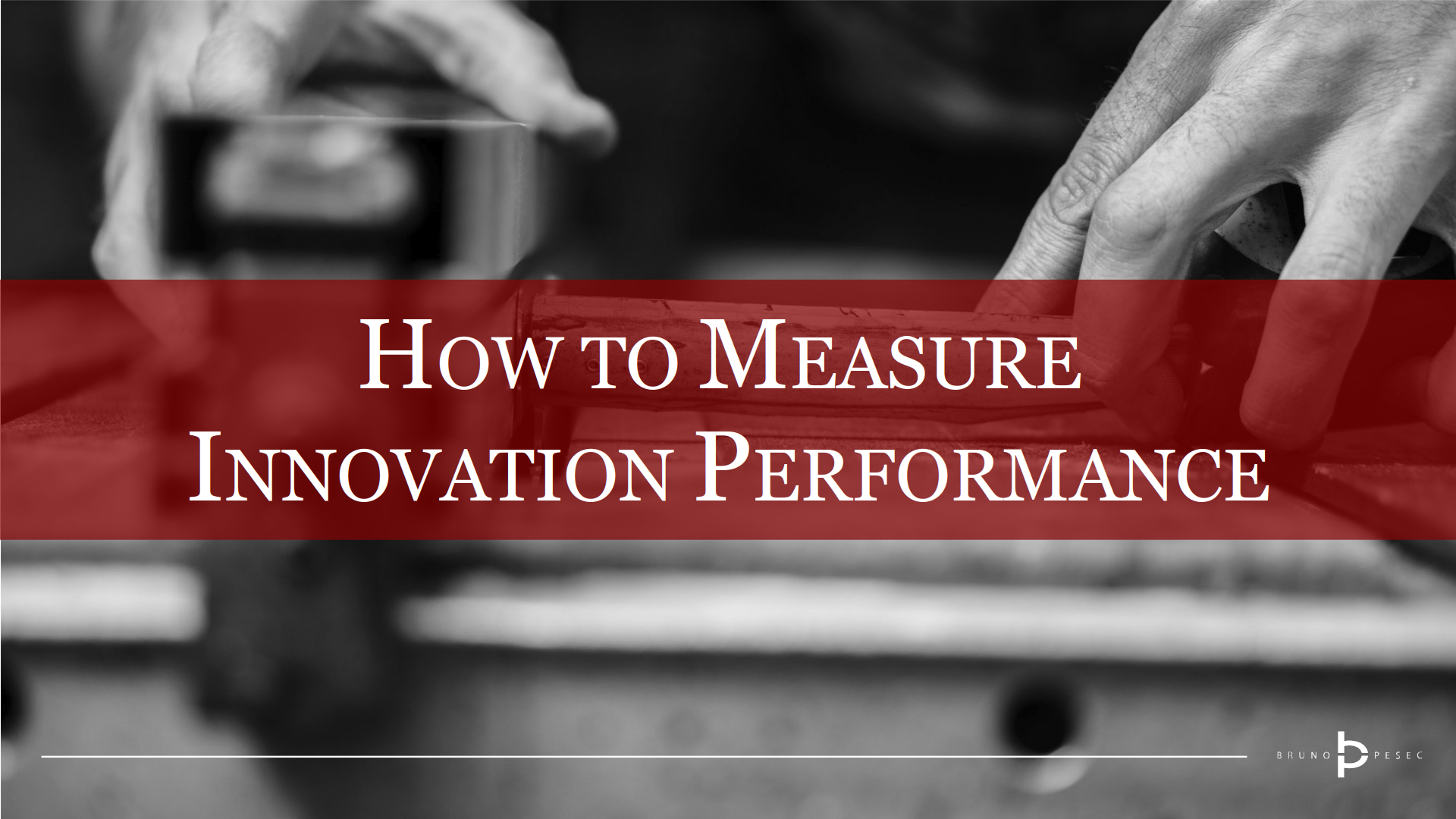

What is the best methodology for bringing a diverse group of stakeholders together (including potential competitors) to address wicked problems?
You might find the following paper to be a good start:
How do we transition from exploration to exploitation?
Pure "exploitation" means that the business and operating models had been validated and were profitable for some time. There is no singular handover moment, rather it is an evolution over time (which can easily be between 3 and 7 years). If you have organisation with multiple departments, return customers, and well known growth engines, then you are most likely in the "exploitation" territory.
What obstacles prevent innovation projects from being completed?
You may find the following reading useful:
- Are you tackling your innovation blockers?
- 9 big don'ts of corporate innovation
- Underinvestment and Incompetence as Responses to Radical Innovation: Evidence from the Photolithographic Alignment Equipment Industry
How can we avoid falling into the trap of delivering innovation training and telling stories at the expense of working on actual innovation projects?
Make actual projects part of your training. For example, if you do a session on business modelling, have teams model their respective idea.
Encourage and support innovation from bottom up: is there an easy to understand and deploy framework available for innovation coaches (or others who are not familiar with innovation) to feel comfortable to innovate?
Keep it simple. Everybody should know (i) what is innovation in your organisation, (ii) what ideas are welcome, and (iii) where and how can they get support for their idea(s).
How can we best train people to start their innovation and improvement journey?
By having them work in real innovation projects.
What are the best practices for introducing an Innovation Strategy into a company?
Answered in detail here:
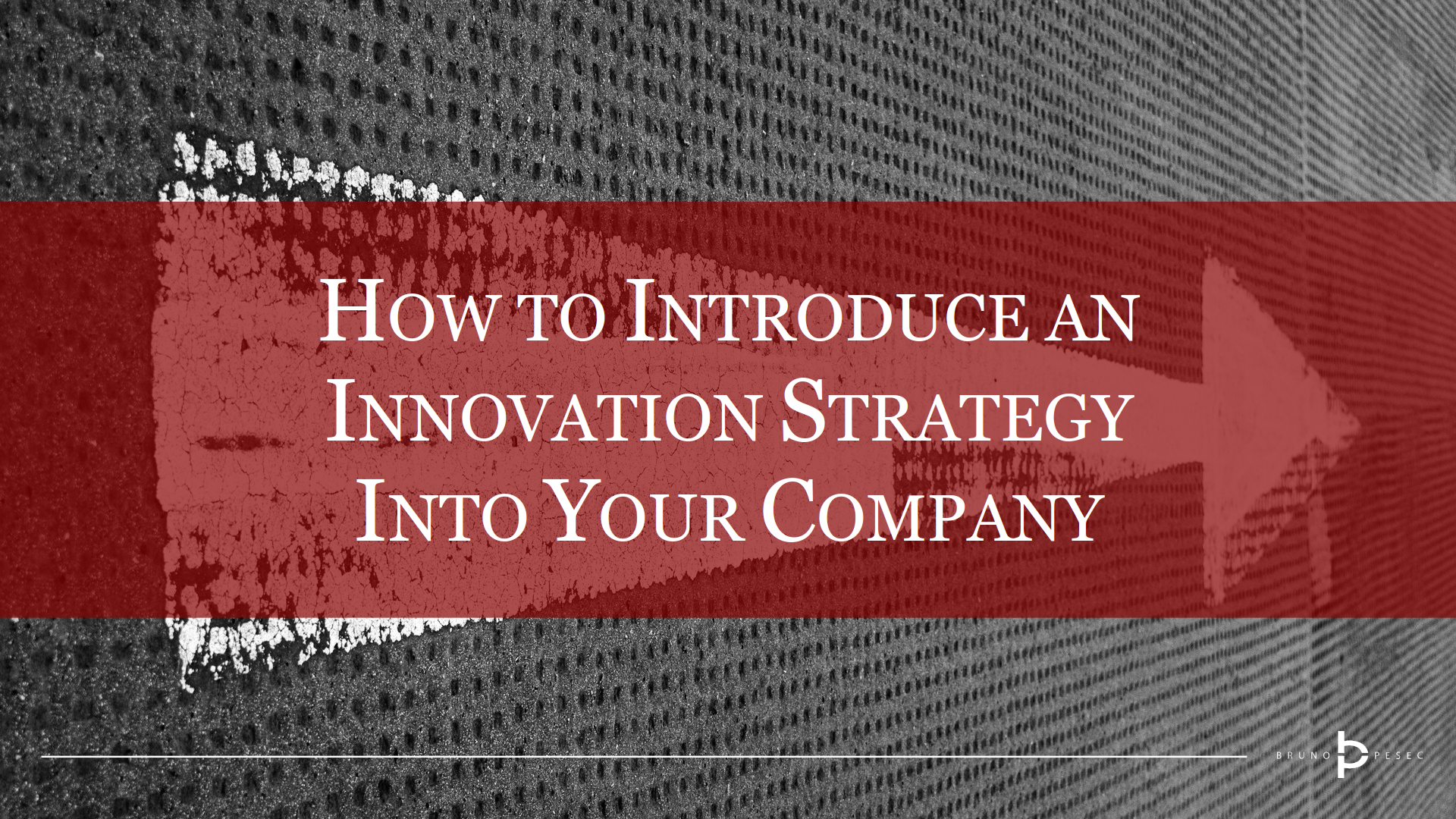
How to manage expectations from the employee? Usually they ask about benefit & risk as corporate innovator?
Innovation can be grueling work. Be as transparent and honest as you can. Verbalise how uncertain the journey ahead is. Clarify what does failure look like. For example, if the employee(s) discover this idea is unwanted, will that be considered a failure? Do the same for successes.
Benefits usually include improved reputation and career prospects. In some unique cases, like setting up a spin-off venture, the employees should be offered shares, or some other form of variable percentile-based reward. Risks? Career suicide.
Think about the following as well:
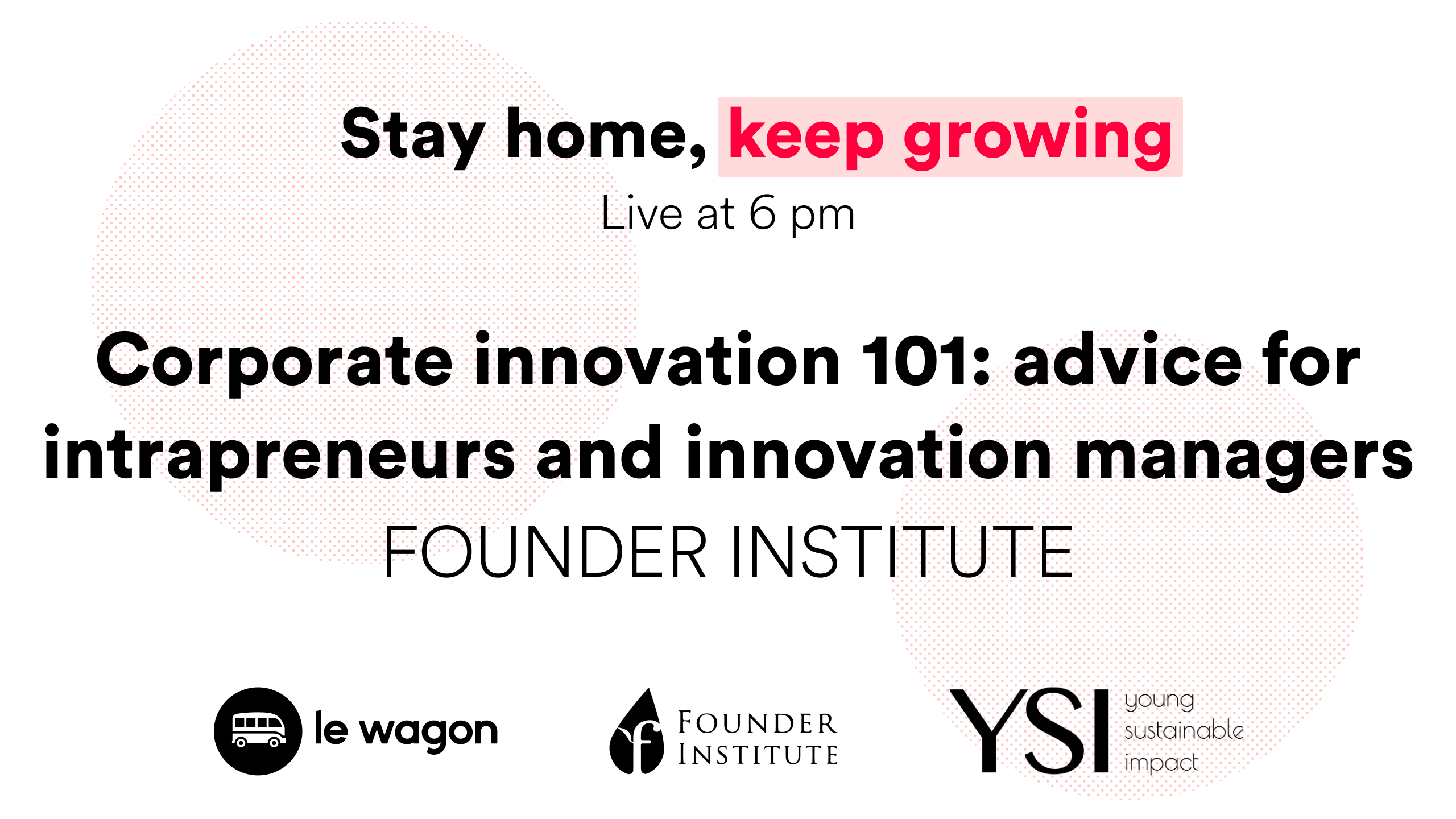

How can corporates adapt to innovation accounting methods?
CFO, corporate finance, and internal controlling are your most potent allies:
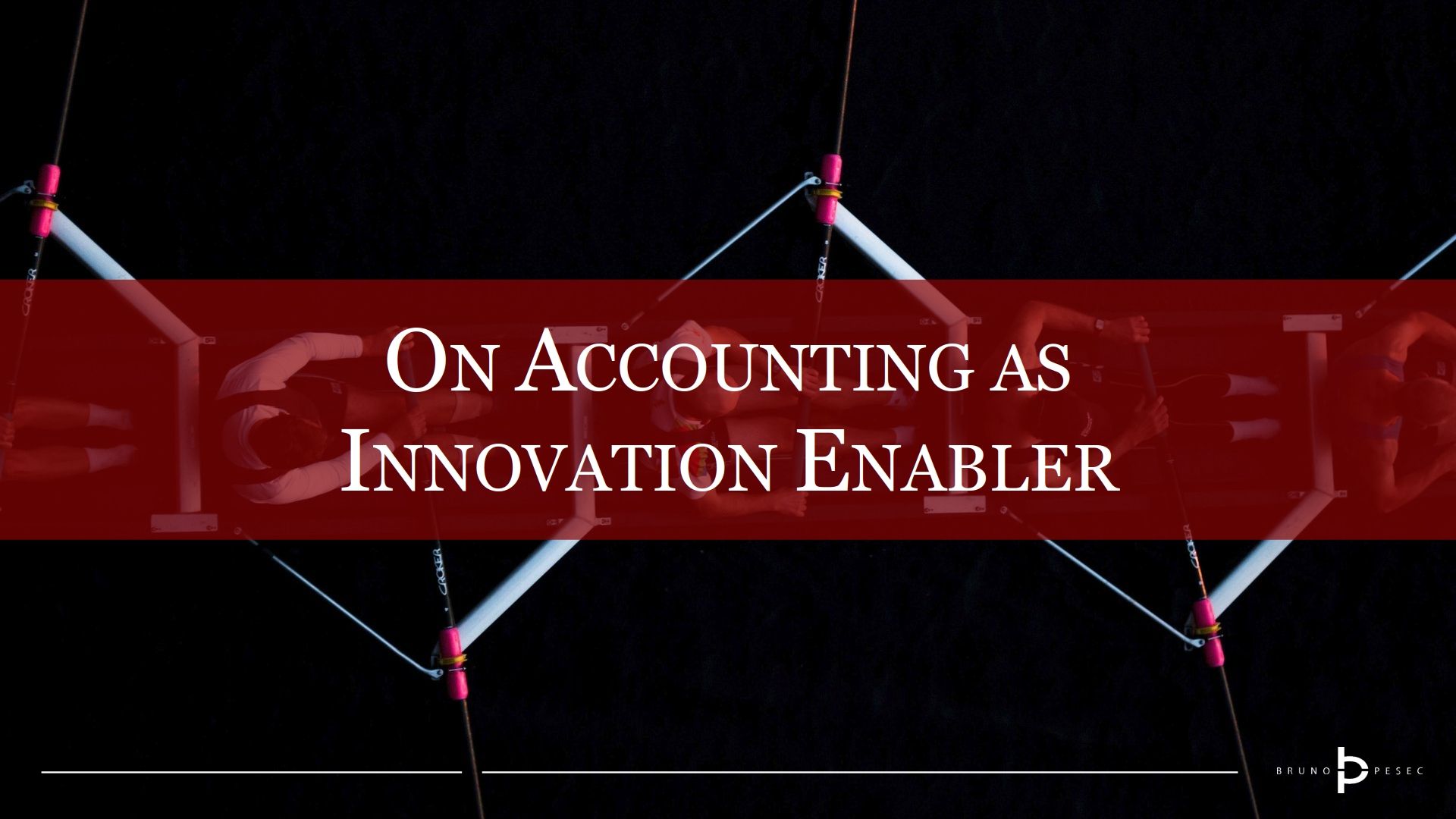

What to do when the "best" people are fully booked on non-innovation projects? How to get them free?
That is a great opportunity to learn how to innovate with what you have:
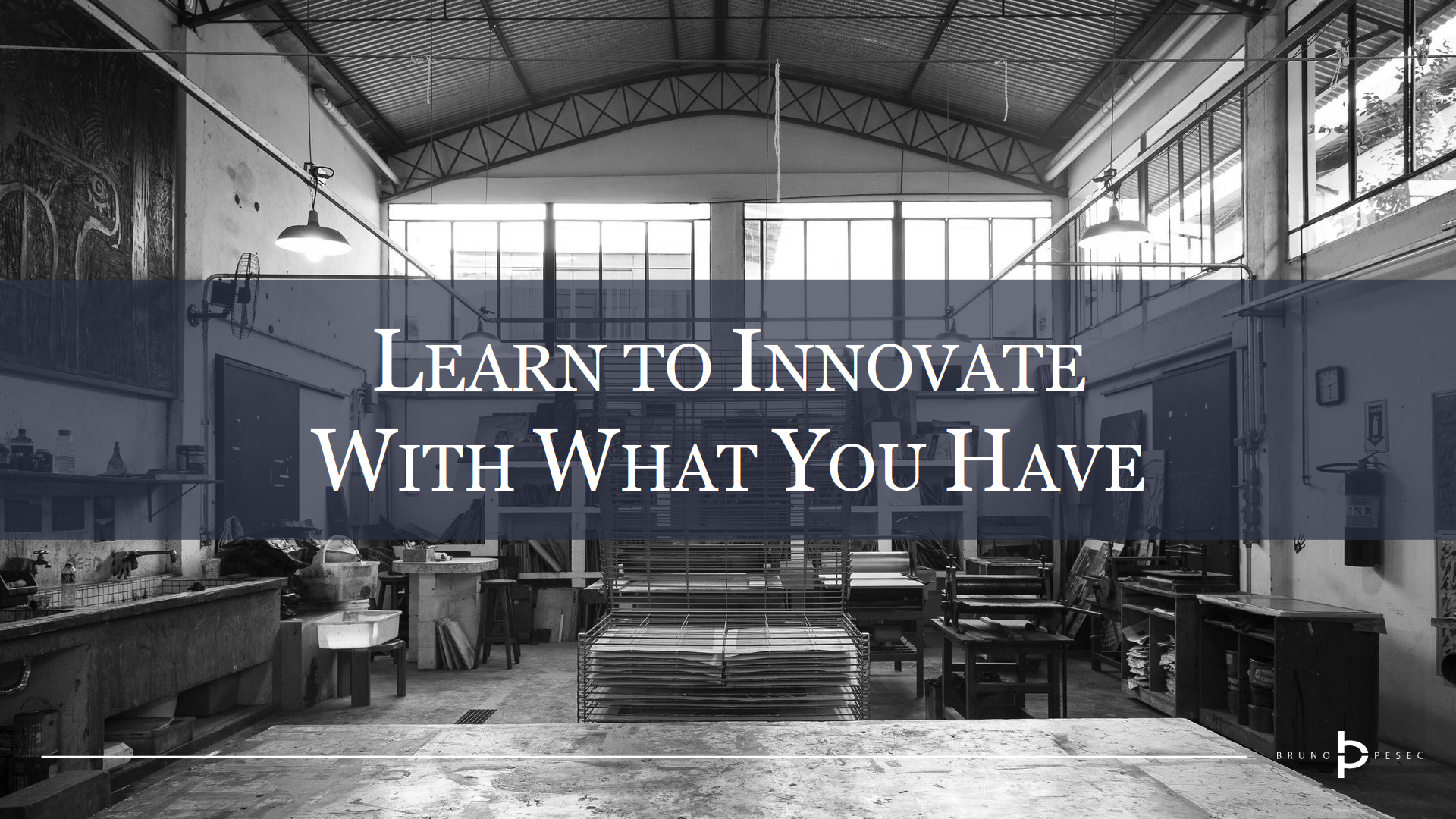
And remember, in the early stages the person proposing the idea should be the one testing it:

Who is responsible for innovation in a company if a company doesn’t have an innovation manager/ department?
Just because a role doesn't exist, doesn't mean innovation doesn't happen. (On that note I suggest Corporate innovation roles and The fallacy of centralised innovation articles.)
Since innovation is about generating value, which for organisation is usually manifested as revenue and market share growth, the responsibility will lie with every business unit that is expected to bring in the money.
Given that innovation strategy is a subset of business strategy, the management will still be responsible for it. Ultimately, the CEO is responsible for the performance of their organisation.
How can we select the best innovation framework for us?
Frameworks come and go, but you can ruin your reputation only once. Corporate graveyards are chock-full of well-intended, but ultimately failed implementations.
Four things to consider when selecting the best innovation framework:
- Corporate innovation entails doing, managing, and leading innovation.
- Use published frameworks for inspiration only.
- Embrace, extend, enhance!
- It is a dynamic process, dependent on where you are and where you want to go.
I go into great detail about each point in the following post:

We started experimenting, but are struggling to make sense of the findings. What can we do?
Here is a simple three step process: (1) structure insight, (2) label insight, and (3) prioritise insight. You might find the following guide helpful:

Is investing in innovation worth it?
Yes, with following caveats:
- incremental innovation has more effect than radical innovation,
- performance-wise, speed of innovation matters more than quality of innovation,
- knowledge sharing has positive impact on speed and quality of innovation, and
- introducing new products is a viable strategy for firm's performance as long as you can rapidly develop them and meet customer needs.
More details in this post:
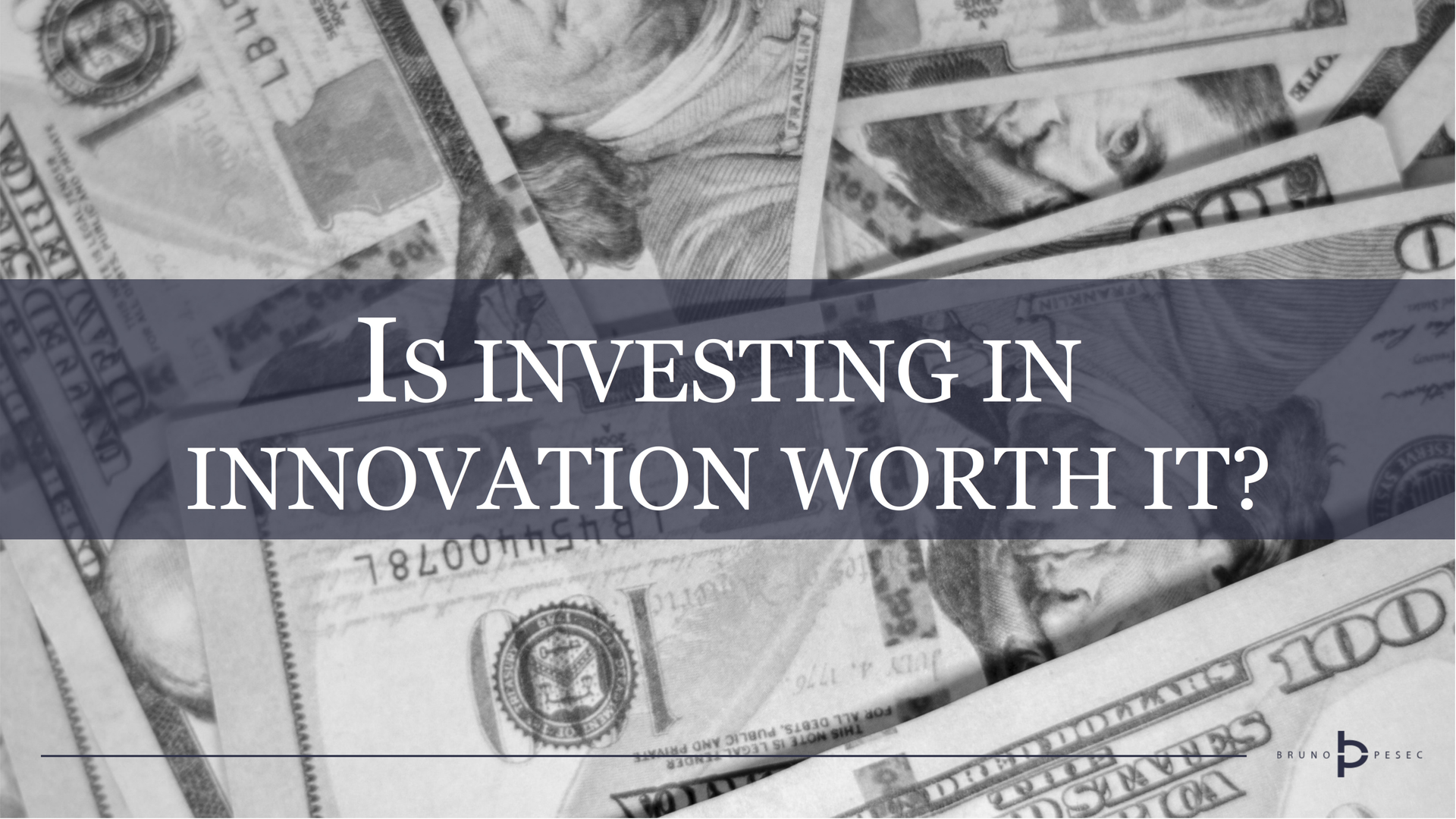
What percentage of your company should be actively engaged in innovation?
Everybody should have the right to innovate, but not everybody should be measured on innovation performance. Answered in detail here:
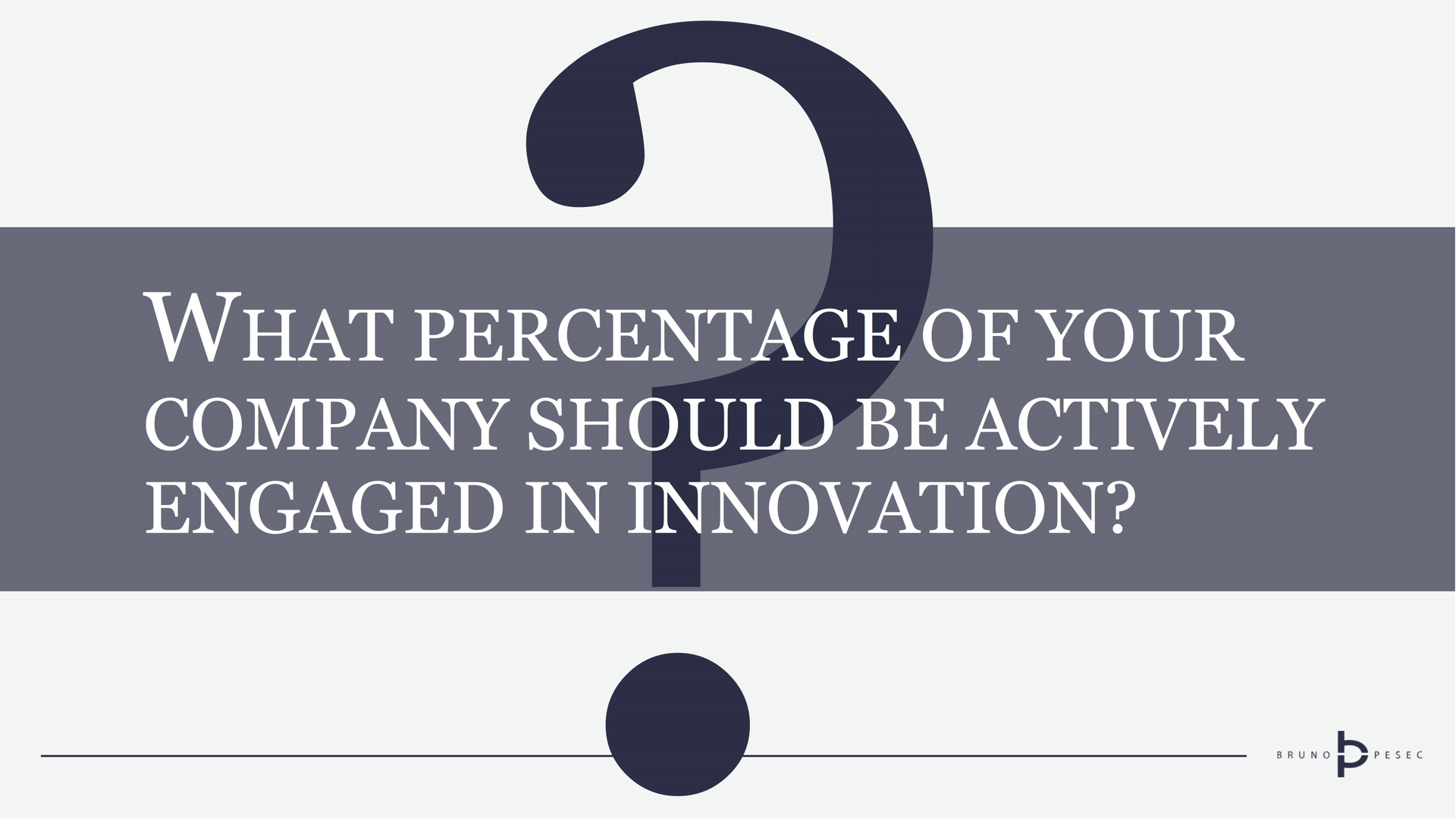
COVID-19, economic crisis, geopolitical instability... How can we innovate in such challenging times?
It boils down to accepting the current reality, focusing creativity on revenue generating innovations, and taking care of your own and of your peers' well-being.
The following go into more detail:
- Podcast: How to innovate during COVID-19?
- Webinar: Five best practices for corporate innovation in turbulent times
- Interview: Bruno Pešec of Pesec Global: Five Things You Need To Be A Highly Effective Leader During Turbulent Times
Why should we measure our innovation performance at all?
To understand how much dollars you are getting back for every dollar you have invested. The larger your organisation is, the more it will benefit from an innovation accounting system.
How can we find time for innovation?
Schedule time for it. Put it in your diary. Here are twenty things you could do that take less than 10 minutes:
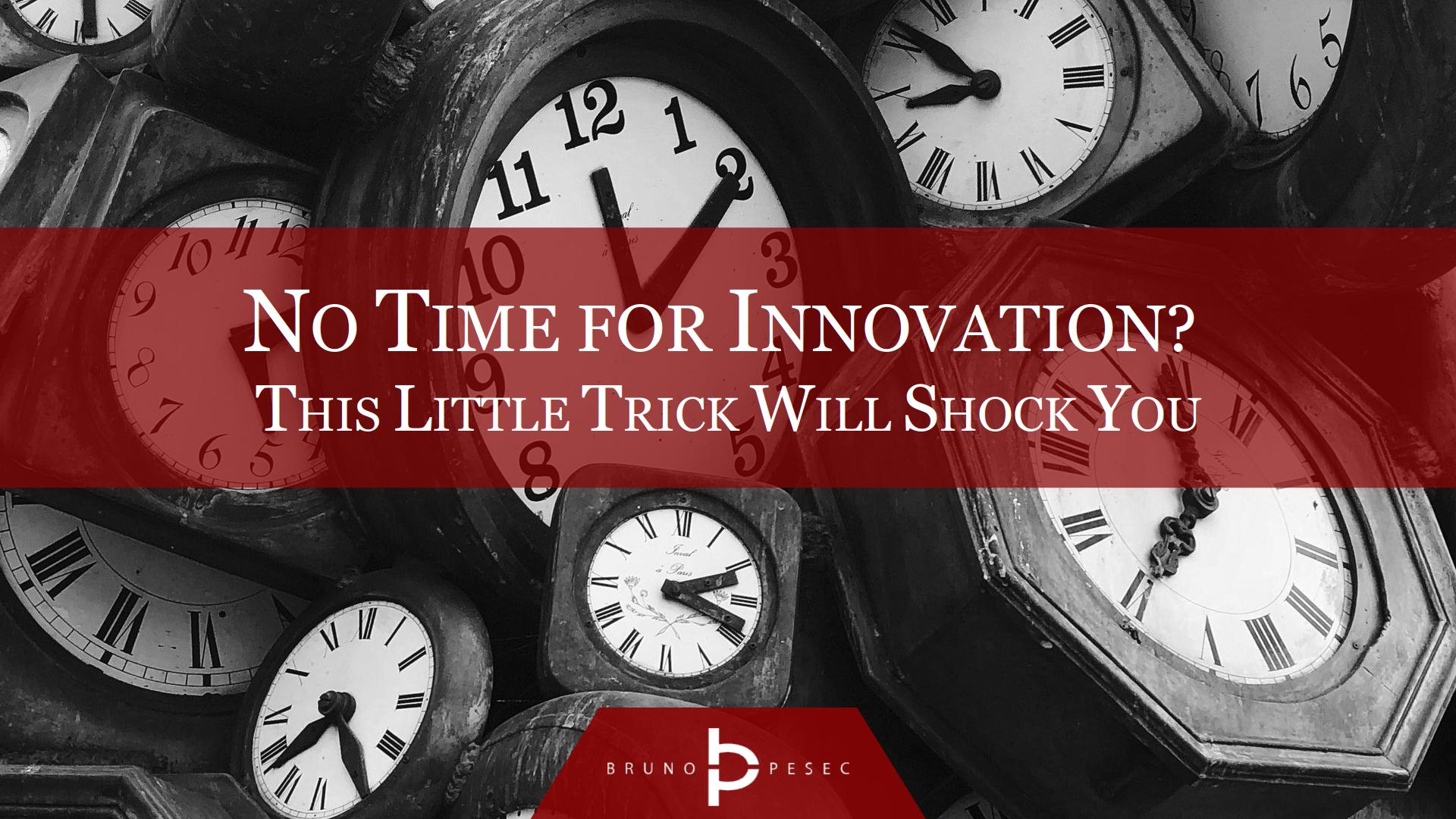
How do we know if our innovation strategy is good enough?
A good strategy specifies the issue (or ambition or ends) at hand as well as coherent means of overcoming it. You might find the following post useful:

How to get relevant pitches from startups?
Be clear on what you ask for:

What advice would you give to women working in Innovation and building their credibility to move from being seen as “The Management’s assistant” to “Trusted Advisor”?
- Get inspired by exceptional women like Susana Jurado Apruzzese, Esther Emmely Gons, and Susie Braam.
- Don't be ashamed to claim your expertise. Proudly say what you are good at. And then back your words with action. Ignore assholes.
- If you are an employee, I suggest volunteering for tough product-oriented projects. The closer to the customer, the better. Worst case you get to learn a lot, best case you get to lead an innovation project and showcase your capabilities.
I am curious what do you think of unconventional ways of driving the innovation, so not through Corporate innovation events and networking, knowledge sharing—but things like hikes, dance etc?
Tapping into our bodies to unlock new insights and creative ideas is a legitimate, albeit underused method. Although I haven't used dancing, I did use martial arts, theatre, movement in nature, role-playing, strategy games and simulations, and more.
Three things to consider before using embodied and experiential methods:
- Make sure they are in the service of whatever goal(s) you are trying to achieve. Come up with new ideas? Solutions to specific issues? Express difficult challenges? Your selection of methods should get you there. Otherwise you are risking innovation theatre.
- Be ready to improvise and meet the participants where they are. Safety first. Going out of the comfort zone is one thing, but putting anyone in jeopardy is unacceptable.
- Make sure to have a solid retrospection / reflection session, to help participants explicitly connect their new experience and insight with whatever was determined as outcome of the work.
Why so many workshops when research shows that many people are more creative when they are alone?
Just like the meeting pandemic, we are suffering from a workshop pandemic.
Good workshop design takes above into account by (a) creating time and space for individual work before jumping into group work, and (b) asking specific individual work be done in advance (with respect to participants' time, of course).
What steps can organizations take to ensure customer feedback reaches the relevant business units?
It's critical that those who will be using the customer feedback are also involved in defining and selecting customer metrics. Further, they must be regularly exposed to direct customer feedback, or they will be less likely to act on it. Consider a simple exercise like getting your engineers to sit in with a customer support representatives for few hours every month.
How can a focus on process or product improvements from feedback data help when personalizing customer experiences?
Innovation is all about creating value for the customer and the organisation. Collecting and understanding feedback reduces the cost of innovation because it allows companies to create precise experiences—that their customers will appreciate, and reward.
How can companies position themselves for reinvention?
First, accept the current reality and embrace the uncertainty it brings. Don't ignore what's happening, and use it as an opportunity to do things that you've been postponing. Seize control, and signal to your employees that you are all in this together. Visualise the targets and institute regular communication.
Second, tap into your greatest source of inspiration and revenue: your existing customers. Have you customer facing departments call your customers and find out more about their situation. How are they adapting? How did their needs change in the current times? Ask them open ended question, collect the answers, and see if there are any patterns. Keep doing that, and you'll have plenty of product and service ideas to implement. Prioritise fastest and cheapest ideas.
Third, reassess your internal operations. If there is any part of your value chain that heavily relies on physical contact and/or distribution, now is the time to experiment with alternatives. Your employees already know what they'd like to improve, and now it's up to you to define and communicate strategic priorities. Offer your employees the chance to shine and they will not let you down.
Send it to bruno@pesec.no and I'll answer within seven days.



